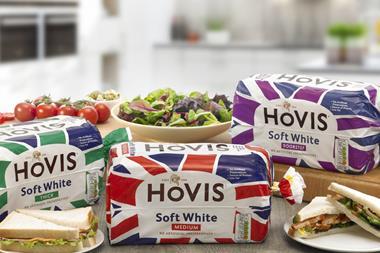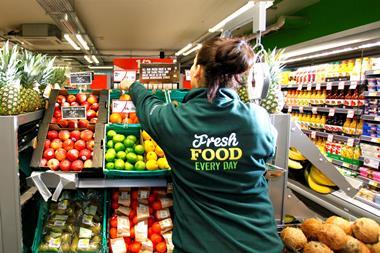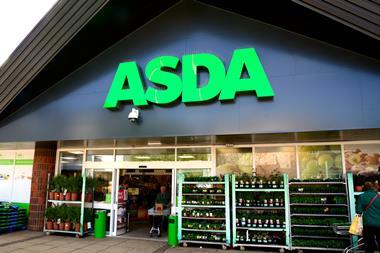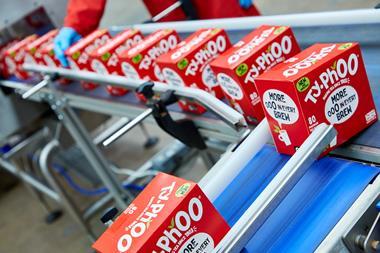Small and medium-sized UK food and drink suppliers are outmanoeuvring their multinational competitors, according to a new report commissioned exclusively for The Grocer.
The OC&C 150 2014, which examines the accounts of the UK’s largest 150 food and drink producers, found smaller, more nimble players were coping better in the rapidly changing market.
Large producers - companies with over £500m turnover - continued to see margins decline through 2013. Among large branded firms margins fell 10 basis points, and among large own-label suppliers by 50 basis points. By contrast, SME suppliers increased margins by 20 basis points.
Smaller players also saw stronger sales growth last year, recording 5.9% sales uplifts against the 5.6% growth seen by bigger competitors. Smaller branded players also enjoyed a better return on capital than large ones - for the first time in the study’s 28-year history (18.7% for smaller; 15.9% for large).
Smaller firms have benefited from the explosion in digital, meaning they are able to connect with consumers without the vast marketing budgets of the goliaths. But many SMEs also have more flexibility to move quickly and rethink manufacturing processes to introduce new product lines and packaging designs to tap changing consumer demand.
Will Hayllar, co-leader of OC&C’s global consumer goods team, noted: “What people want brands to stand for has changed significantly in recent years and that favours businesses that were faster to adapt to those new conditions.”
Overall Total revenues for the 150 rose 5.8% with over 75% of firms seeing rising sales and beating the previous year’s growth rate of 5.6%. However, profit margins remained close to their all-time low - remaining steady at 5.2% and well below the long-term 6.5% average. In total 82 companies improved margin, but 67 saw deteriorating margin during the period. These squeezed profit margins could leave producers exposed to the fundamental changes the grocery retail sector is undergoing as margins are already lower than they reached even at the height of previous supermarket price wars in the early 1990s
Sign in to comment on this article
Not logged in before? Register for FREE guest access today.
You will be able to:
- Read more stories
- Receive daily newsletters
- Comment on stories
Advert



















No comments yet